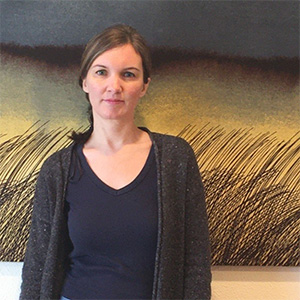The mainframe is often considered the backbone of enterprise computing—and it has a rich history that is intertwined with pioneering individuals who shaped its development. This month at Planet Mainframe, to mark the 60th anniversary of the mainframe, we’re looking back at the history of Big Iron and some of the industry’s biggest change-makers, past and present.
While there are many, many people who helped shape mainframe history, there are a few (okay, more than a few) that stand out as having an outsized influence on the evolution of the mainframe. We don’t have space to cover them all, but test yourself to see how much you know about some of the big names from the early years of the mainframe!








0 Comments